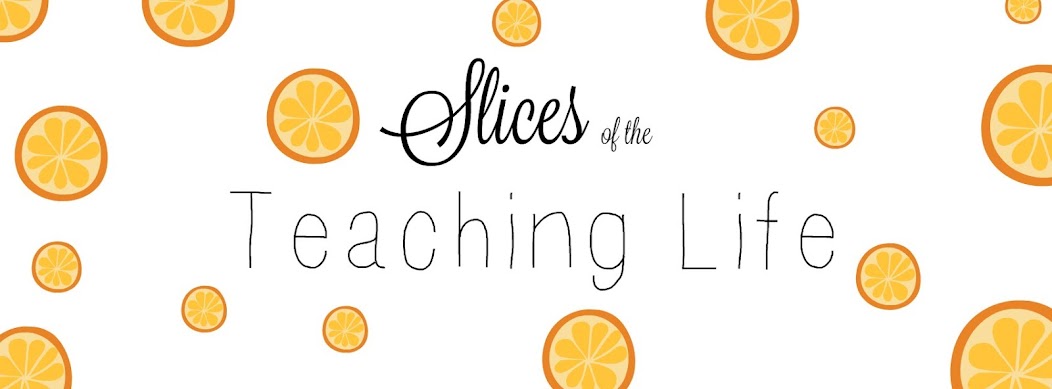After clearing land in your biome, you were able to develop
the beginnings of your city-state. These farming settlements provide the food
needed for your community grow. Improvements in farming techniques and methods
allow for a division of labor. These new jobs and laborers are the fabric builders
of your great city state. Analyzing this step in history requires you to
document the efforts of these times. The question below will direct you in this
endeavor.
Farming Community
Describe the set-up of your farming
community.
- What is the name of the river that it was built on?
- How did you change the physical features of your biome to suit your needs?
- What are the roles of people in your community?
- Provide a general description of the location and dwellings.
Transition to a City Center
1. How will your farming communities be
incorporated into your city center?
2. How will your city center design
support the safety and development of your civilization?
Following the discussion, the Digital Maker constructs their city-center using their discussion to guide his/her building. They are asked to focus on security and growth as they build.
City Center Elements:
- barrier
- living quarters
- water source
- docks
- palace
- unique feature
Throughout the process, students documented their progress by taking pictures of their creations. They also provided a written rationale to support their decisions and construction.



